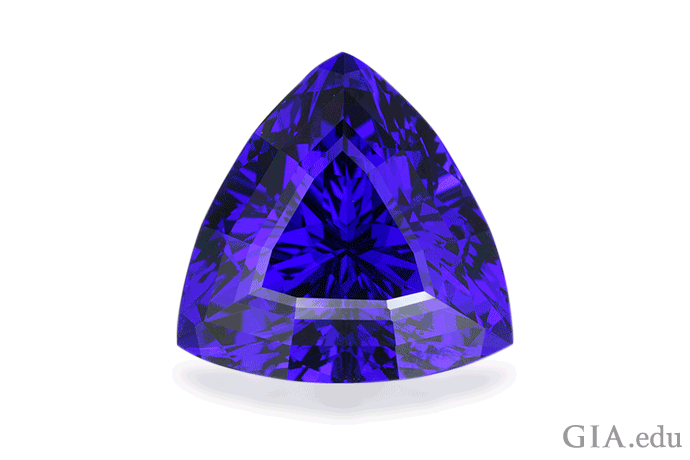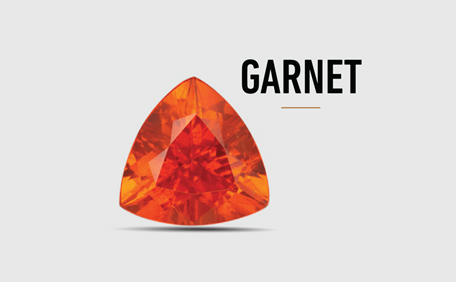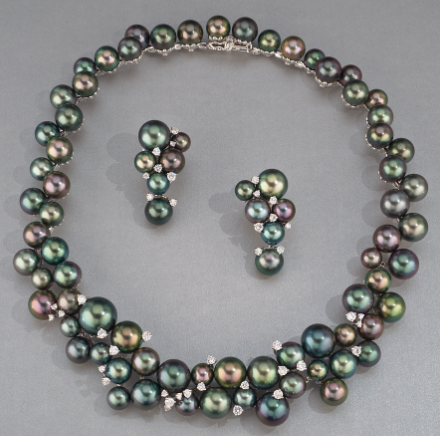Notable for its majestic blue velvet and intense royal purples, the first of December’s birthstones is named after the only country it can be found: Tanzania. Exceptional tanzanite can display three distinct colors in three crystal directions. (more…)





